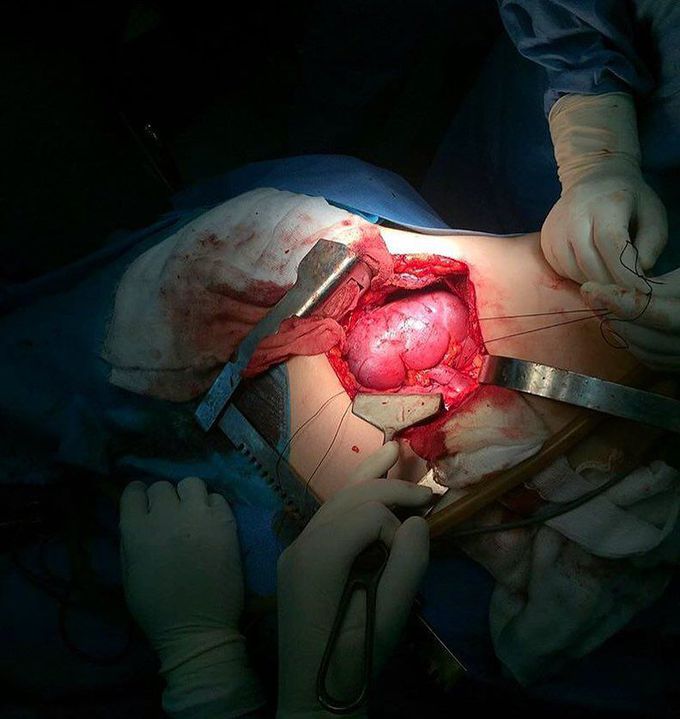


Renal transplantation in process!
Kidney transplants are the most common transplant operations and remain the treatment of choice for most patients with end-stage renal disease, in which kidney failure is so advanced that it cannot be reversed or treated with medications. The donor kidney has been chilling in an ice bath right before its preparation for transplantation. The original kidneys are not usually removed unless they are causing severe problems such as uncontrollable high blood pressure, frequent kidney infections, or are greatly enlarged. They are essentially disconnected and then pushed into a safe spot in the body. During the operation, the artery that carries blood to the kidney and the vein that carries blood away is surgically connected to the artery and vein already existing in the pelvis of the recipient. The ureter, the tube that carries urine from the kidney is connected to the bladder. The transplanted kidney takes over the work of the kidney that failed, so patient no longer need dialysis, a mechanical process of cleaning the blood of waste products.Photo by @sami_bg

